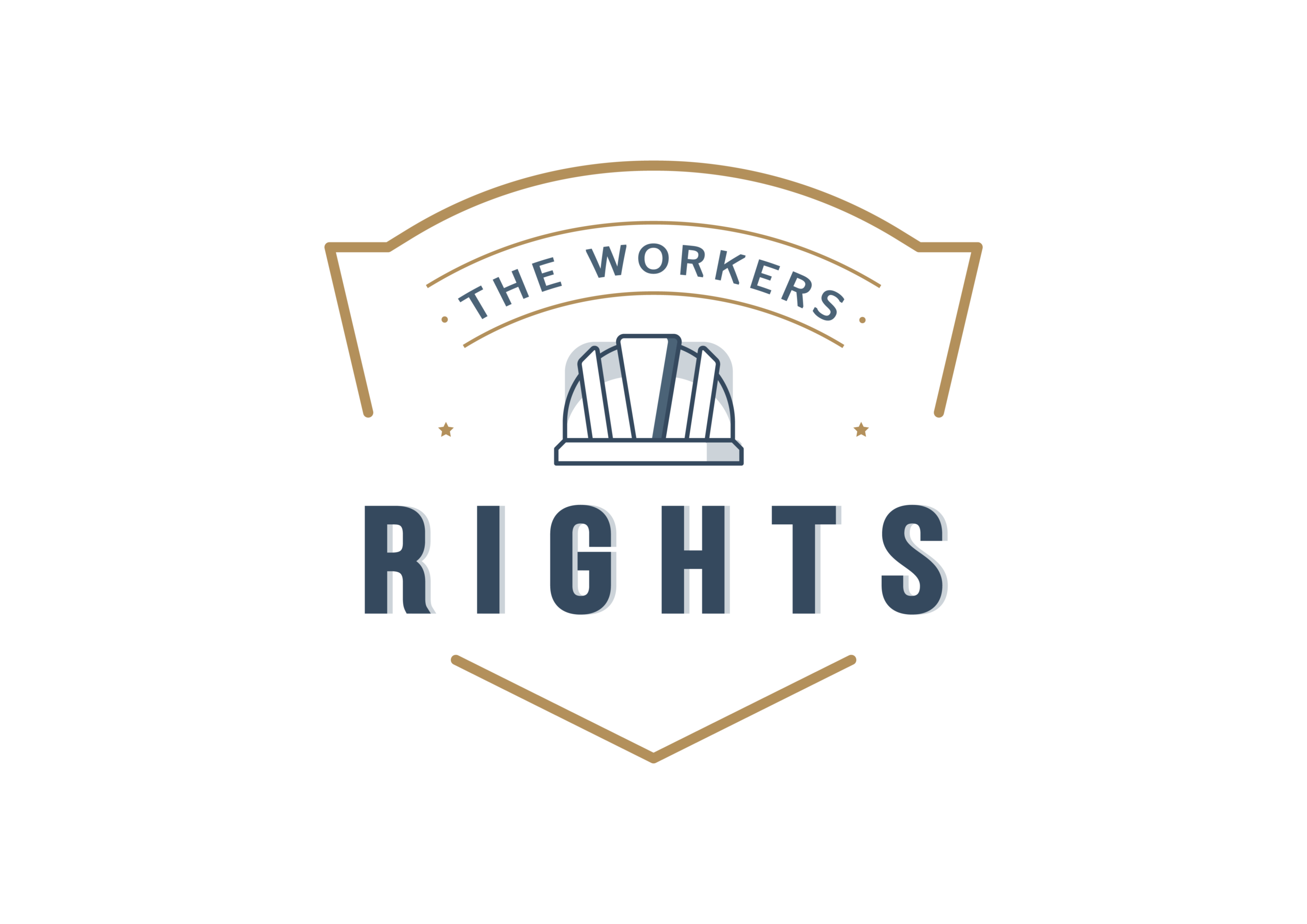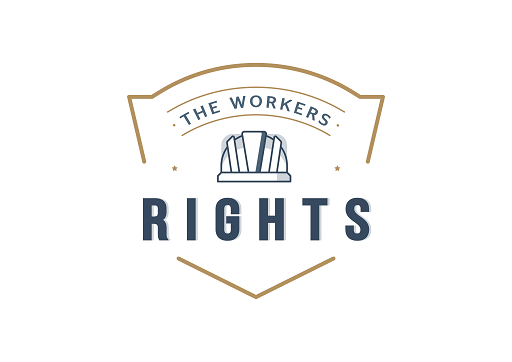
(C): Twitter
Minimum wages are the lowest amount of pay that an employer can legally pay for work done over a specified period of time, like hourly, weekly or monthly. It cannot be reduced by either individual contracts or collective agreements, therefore protecting workers from exploitation.
Why Was Minimum Wage Introduced?
Minimum wages arose to prevent workers from being compensated too lowly, to ensure an appropriate share of the benefits from economic growth and to reduce poverty and inequality within societies. Although first introduced in some countries in the early 20th century, including New Zealand (1894), the UK (1909) and the US (1938), it gained global approval and endorsement through the International Labour Organisation’s (ILO) 1909 Convention No. 26 and more forcefully Convention No. 131 (1970). Convention No. 131 codifies a country’s obligation to create minimum wage procedures that apply to all of its worker groups, and it provides for consultations with employers and unions on minimum wages.
Designing Effective Minimum Wage Systems
An effective set of minimum wage policies must support collective agreements, social protections and pro-employment policies. Good minimum wage policies will have coverage and adequacy with links to cost of living and enforcement policies to improve effectiveness. According to the International Labour Organisation’s Global Wage Report, minimum wages help lower wage earners and are an important part of livelihood recovery for socioeconomic advancement.
Can Minimum Wage Reduce Poverty?
The evidence is less than conclusive. In some countries an increase in minimum wage reduces poverty rates and shrinks wage differentials. For Example, it seems that in the U.S., non-elderly poverty rates decrease by 5% for each 10% increase in a state minimum wage. In developing countries there are some empirical variations in the results based on the structure of the labour market, enforcement and whether informal employment is considered.
Broader Impacts and Trade-Offs
Raising the minimum wage can increase earnings, boost labor supply and promote health in workers. However, there may be possible costs in the form of decreased employment, reduced hours or increased automation. These possible effects show the importance of evidence based and balanced policy making.







